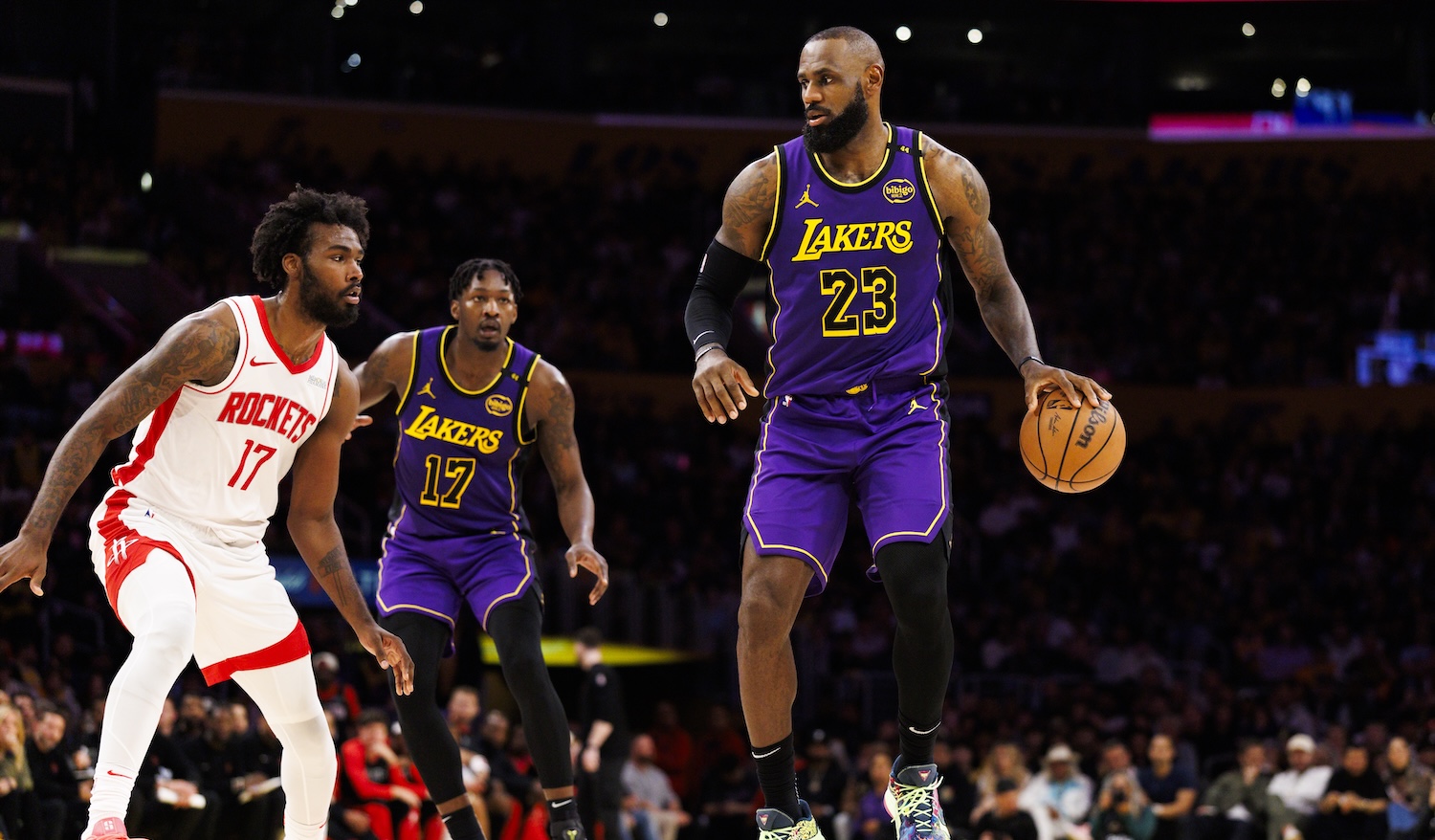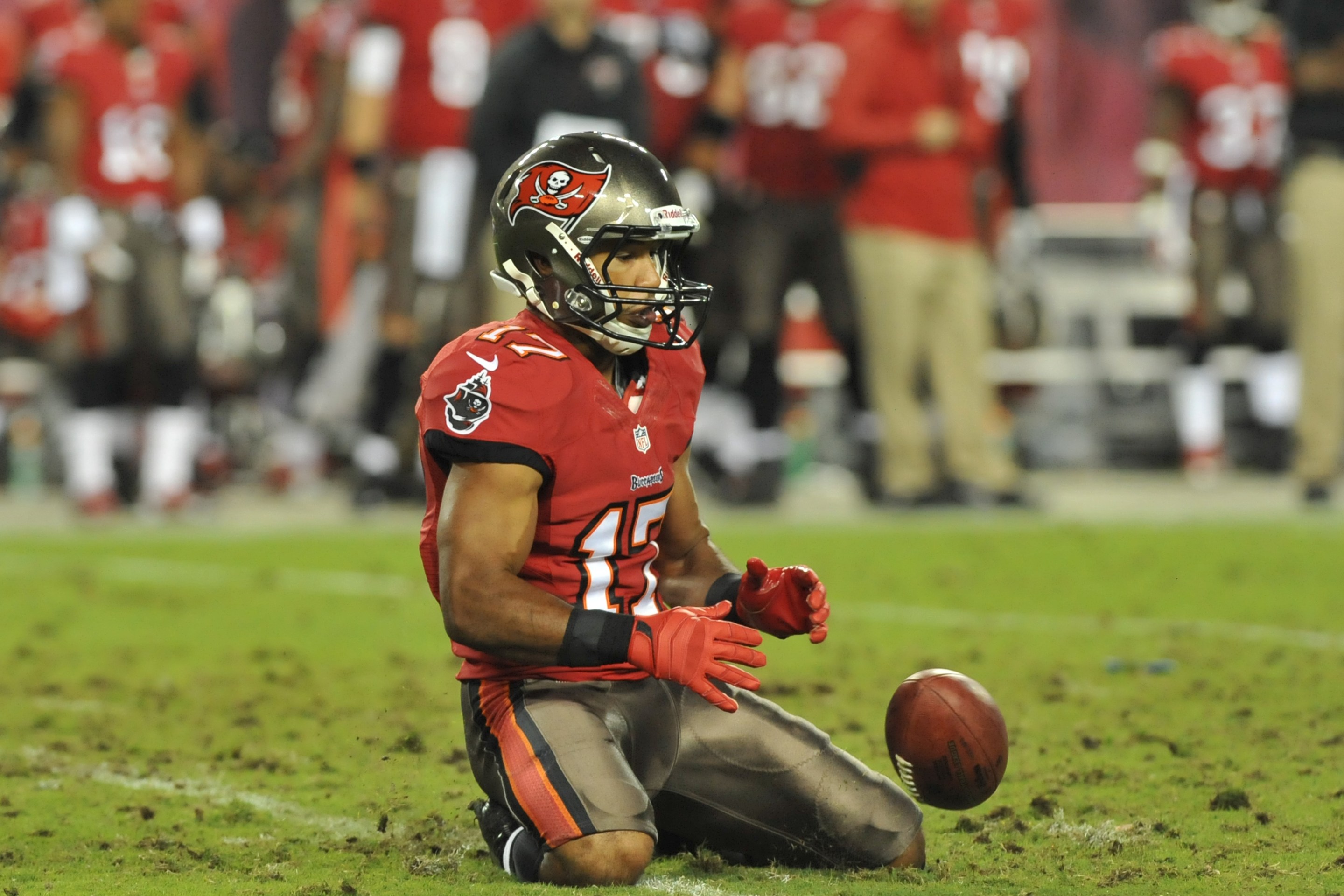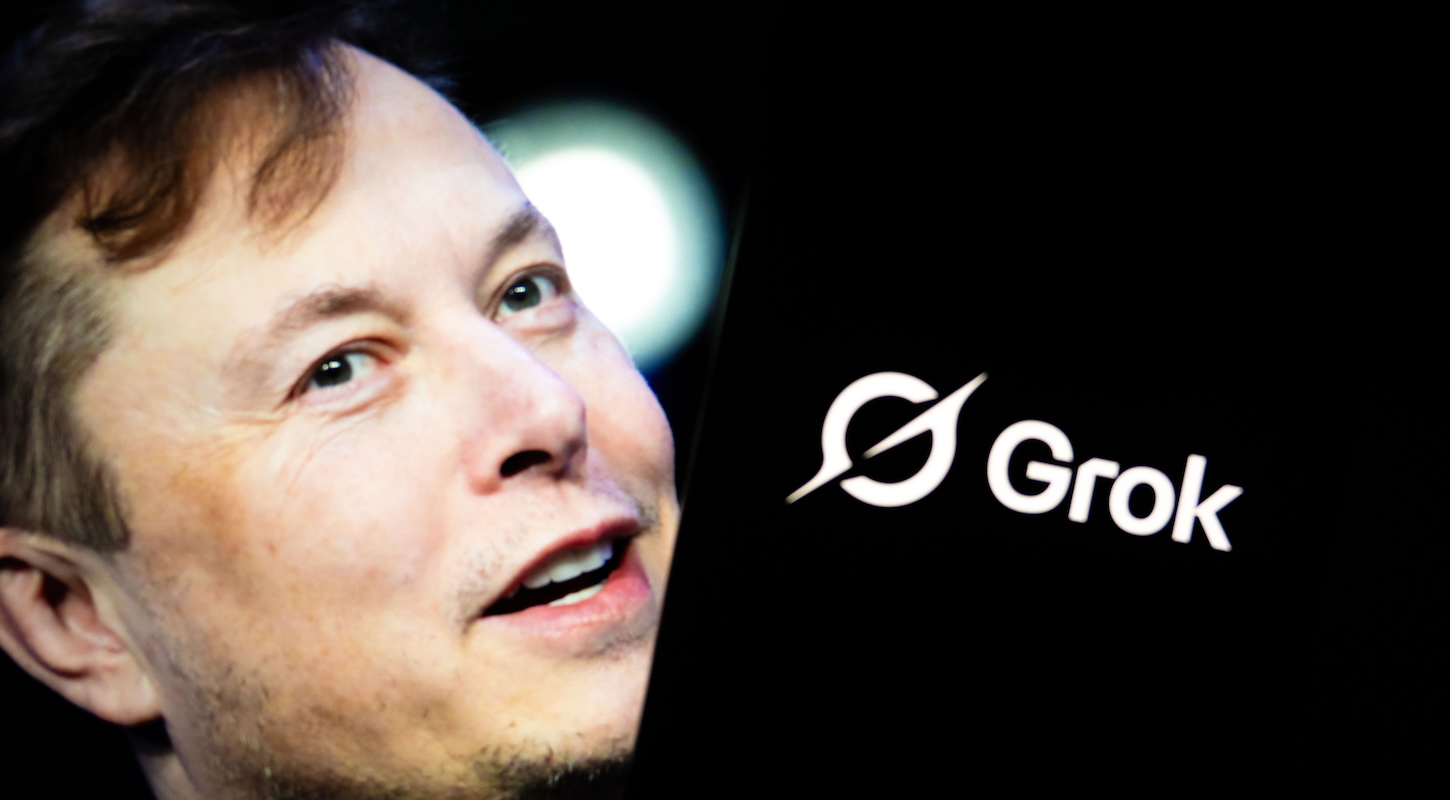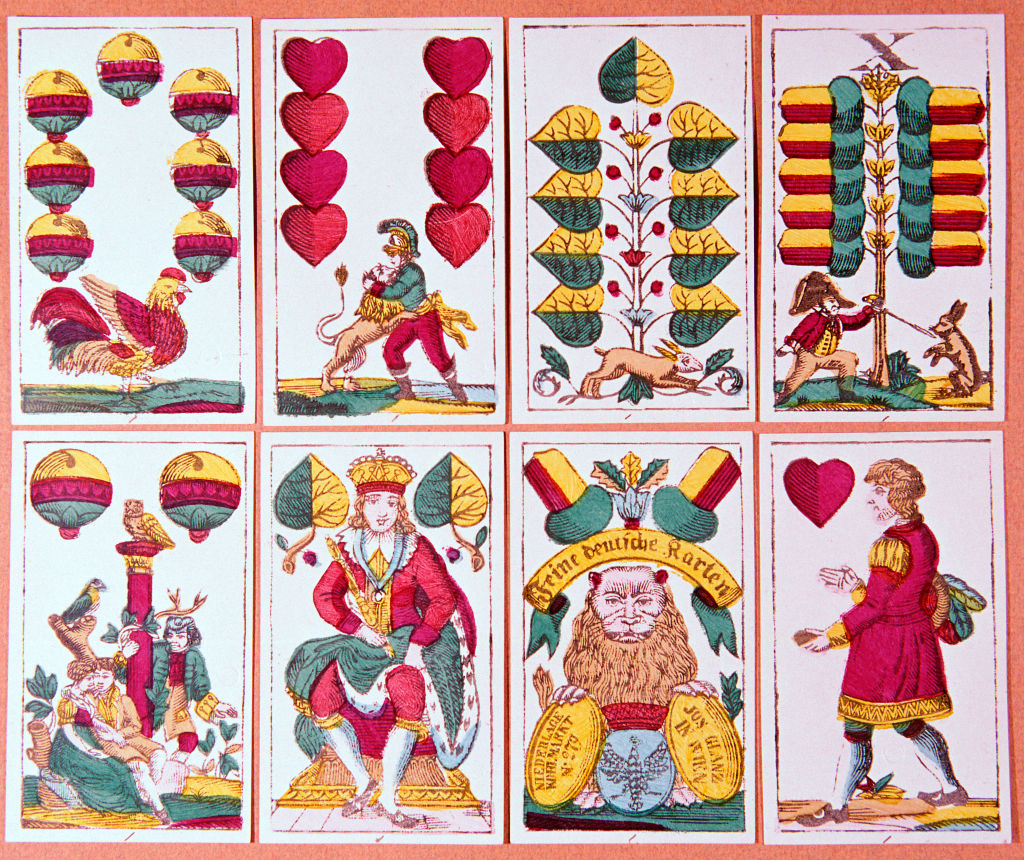A permanent axiom of the NBA: The style of play changes between the regular season and the playoffs. This is because the postseason's structure flattens out several key asynchronicities, like rest, travel, and other scheduling quirks, and because each possession becomes significantly more precious, and therefore subject to greater scrutiny. Rotations tighten as stars play more, the game slows down as laggardly transition defenders dedicate themselves to sprinting back after misses, and systemic and personnel deficiencies are exploited to ruthless extremes. Winning often hinges on which team's star can more effectively score one-on-one; defenses do not gamble.
But this year, winning in the regular season looks more different than winning in the playoffs ever has. Several of the best and most interesting teams in the league have found their success by leaning further away from the style that has tended to work in the playoffs. Teams like the Rockets, Thunder, and Grizzlies are winning with large groups of younger players, all of whom are running all over the place all the time. These teams are all different from each other, some in very significant ways, but they all play deep rotations and they all exert concerted pressure on opponents with their collective speed. They apply the principles of early small ball with a bunch of huge guys. They all play an adversarial defense that refuses to allow opponents with the ball to dictate terms of engagement. In other words, they play in such a way that is not going to work in the playoffs if opponents can successfully enforce the historic playoff style.
The most fascinating high-level question ahead of these playoffs, then, is which vision wins. Will the hyper-ball teams zip around like so many electrons and overwhelm older teams determined to slow it down and slug it out? Or will those teams put their stars into endless pick-and-rolls and force the squirrelly youths to stand there while they run the same stuff over and over again, forever? Is basketball still a strong-link sport, or a weak-link sport?
We will get some version of an answer to this question in the East, though the stylistic contrasts are not all that sharp and there are fewer teams worth a shit. The real clash of generations is out West. That's where the three teams mentioned earlier play, but also some of the most dedicated old-timers.
Seedings make a robust preview impossible until the play-in shakes out, though one of Oklahoma City or Houston will (barring disaster) get Golden State in the first round. The Warriors don't play like anyone else, nor should they, because they have the best player to shoot a basketball currently doing so for their team. Steph Ball is not classically heliocentric in the Westbrookian sense, but the mid-season arrival of Jimmy Butler has given Golden State the option to lean on his grind-it-out isolation game when necessary. The Lakers may have traded for a young superstar, though Luka Doncic does not play the basketball of the future. What makes him special is his one-on-one genius, a lot of which is being big enough to beat the crap out of people and get wherever he wants for free, and also his ability to diagnose and pick apart any defensive scheme. Still, he plays methodically, and is at his best when he can dribble until something cool happens.
The supposition of the hyper-ball teams is that they can force their style. OKC has won a ton of games because Shai Gilgeous-Alexander has slithered around and scored a ton, though what's made them unstoppable all season is their pressure. They have pulled away in so many tight fourth quarters by hounding the ball, getting steal after steal and layup after layup until close games turn into blowouts. That's also loosely how the Rockets work, and while they don't have anyone nearly as good as Gilgeous-Alexander on offense, they have the most futuristic player in the league in Amen Thompson. The Grizzlies are a Finnish-American experiment in (apparently armed) Communist struggle. The other three teams don't fit as cleanly into this framework—Minnesota plays a mildly archaic style with a young superstar, the Clippers are sort of the opposite, and Denver is totally uncategorizable thanks to Nikola Jokic—though each team has elements of each way of playing, and it'll be fascinating to see what they lean on if they get matched up with particularly young teams in the second round.
On the other side of the bracket, the Cavs are an incredible watch for the way they apply these principles on offense specifically. While they have a superstar lead ballhandler, what makes them special is their collective speed and intelligence. What makes the Celtics interesting (I know!) is Jayson Tatum (I know!!!), perhaps the superstar who most thoroughly embodies the new style: He is good at everything, he can guard every position, and he is totally without weakness.
That last bit is worth zooming in on. You cannot play that hyper-ball style unless you have a dozen or so capable NBA players, which is not a luxury teams either had or made use of until very recently. Players come into the league more NBA-ready now, and several playoff teams are going to play guys they just took in the second round of last year's draft. As the lower levels have professionalized, the skill floor rises and the gap between the best and worst players in the league shrinks to accommodate that rise. How does that change the game as its played? The best players in the league no longer stand out as much.
Imagine two teams of relatively equal skill, each with five players who can handle the ball, shoot threes, and make good decisions. The team that plays exclusively through its best player, having them go one-on-one, will be misusing their collective strength and letting a bunch of the space on the court lie fallow. The team that passes a ton, moves quickly, and can attack from anywhere is going to score more effectively because opposing defenses have to cover more ground. The more capable all five players are, the harder the team is to defend. (In concrete terms, that looks like the Cavs' guards creating advantages, then the whole team working in swift concert to capitalize on them.) The game then becomes about who has the fewest weaknesses rather than the most strengths. Positions don't matter or really exist, as both point guards and bigs converge in the Great Wingification that's currently underway.
In a less athleticism-dependent sport, these changes would worry me. I'm no revanchist, but it doesn't sound fun to watch 10 Jayson Tatum clones make 10 correct decisions on every play, on and on forever, literalizing the truism that the NBA is a make-or-miss league. The magic here is that style can homogenize, but by virtue of physicality, skill, and athleticism, some players will necessarily be better than others. It doesn't matter how uniform the game becomes and how much it changes from a fight into a problem-solving exercise. Some guys will be so big or so springy or simply so good at shooting that they will have access to solutions nobody else could dream of; everyone can shoot 50 three-pointers per game, but there's only one Steph Curry. It will always take great players to produce great style.






